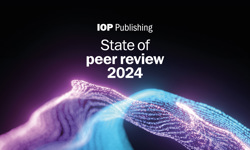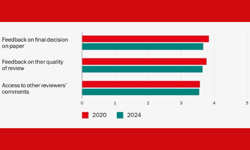
Since Inspec’s launch in 1969, it has become a definitive database for subject-specific and interdisciplinary research in the fields of engineering, physics and computer science, says the IET.
The purpose of Inspec is to ensure that trustworthy content is easily discoverable to a global audience of research universities, corporate research teams, governments and patent offices.
Vincent Cassidy, Head of Academic Markets for the IET, said: “As we mark the milestone of reaching 20 million records in Inspec, we’d like to thank our customers, many of whom have been with Inspec since its inception, for their continued support and feedback to help us develop and refine our product to ensure that we continue to serve the needs of the engineering and technology research community.
“We’d also like to thank the Inspec team; those who select and curate content, our indexers who review every individual record and everyone that supports the technical processes and development that allow our users to easily locate the specific research that is important to them. Their collective work over the last 50 years and their commitment to quality content and precision indexing is a legacy that has endured from the first item indexed to this most recent.”
Inspec is ISO 9001:2015 certified, an international standard dedicated to quality management systems, for the quality of its production process. Inspec carefully classifies content using 5-levels of subject classification codes, says the IET. Each record in Inspec is indexed by subject specialists using over 3,500 subject classifications and nearly 10,000 controlled terms.
Over the decades, Inspec has evolved and provided new solutions. Some developments over the years include using a computerised production system in 1969; going online in 1973; introducing chemical and numerical data indexing in 1987; reprocessing the whole database in Standard Generalised Markup Language (SGML) format in 1998; digitising over 870,000 abstracts for the Inspec Archive in 2004; and most recently launching the Inspec Analytics research intelligence tool in 2018.










